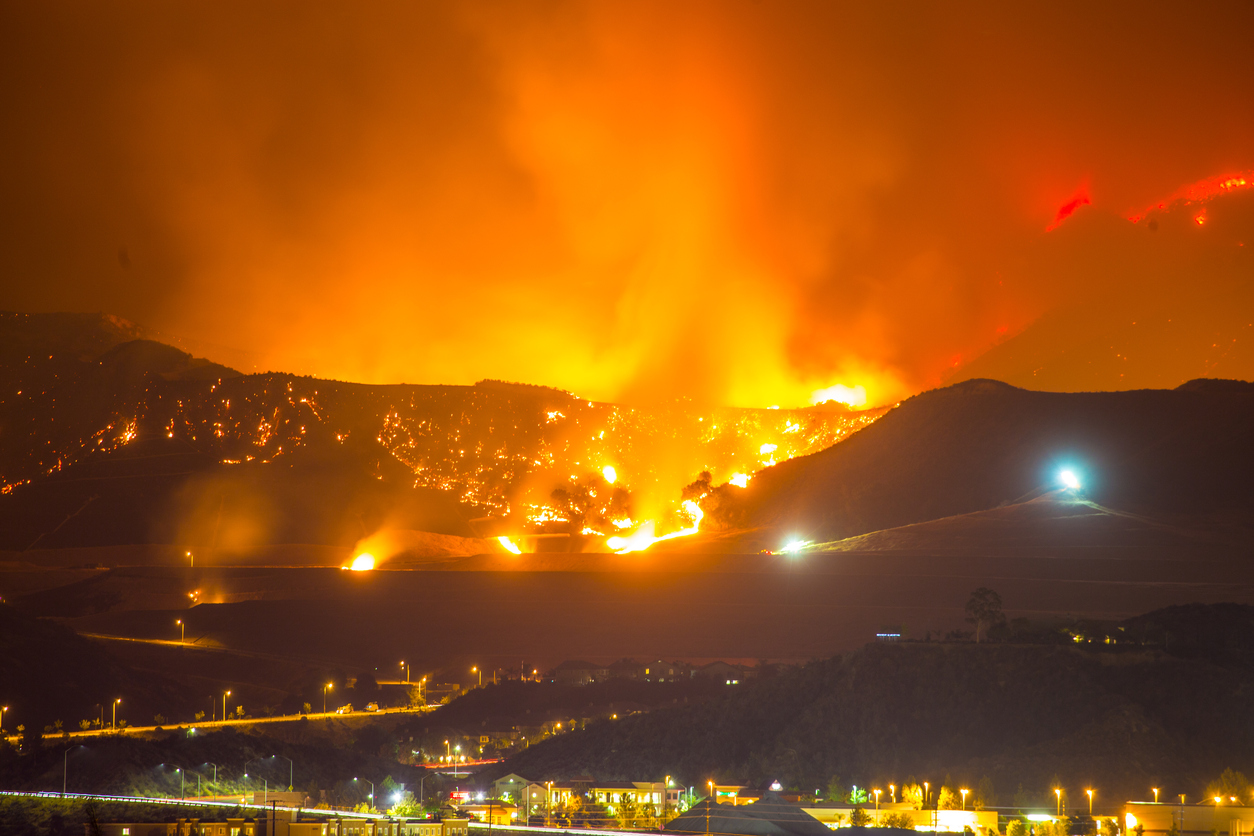In a court filing on Saturday, the Democratic governor raised several objections to the proposed deal with insurance creditors after it emerged as a sticking point in negotiations to resolve PG&E’s massive debts and wildfire liabilities.
If the company can’t resolve an impasse over the insurance settlement and line up wide support for an exit from chapter 11, Mr. Newsom’s lawyers said the state government “will present its own plan” to resolve the bankruptcy.
His threat marked the second time in less than a month that California’s governor has raised the possibility of taking PG&E’s exit strategy out of management’s hands.
After years of disastrous wildfires linked to PG&E equipment, the company sought court protection in January and is attempting to cobble together an agreement on how it can tackle billions of dollars of death, injury and property damage claims.
Closed-door talks aimed at creating a bankruptcy plan with broad creditor support are under way. Fire victims said in court papers the insurance settlement is impeding those talks because it would tie up too much of PG&E’s cash.
The insurance proposal is scheduled for discussion on Wednesday in the U.S. Bankruptcy Court in San Francisco.
“There are serious issues before the judge this week that impact the fair administration of justice and the treatment of victims who are the least able to protect themselves,” said Robert Julian, a lawyer representing the official committee of wildfire victims in PG&E’s bankruptcy. “Hedge funds and insurance companies are trying to make billions of dollars of profit at the victims’ expense.”
The committee filed court papers on Friday arguing that wildfire victims must be prioritized over and repaid ahead of insurance claims in any chapter 11 plan.
Gov. Newsom also challenged the insurance proposal as “unfair and inequitable, unreasonable, not in the best interests of the estate, anticompetitive or otherwise objectionable.”.
Some of the $11 billion cash payout would go to insurance carriers to compensate them for insured losses stemming from the wildfires. Cash would also flow to hedge funds that bought insurers’ claims against PG&E at discounts, usually for less than 50% of the face value.
In a statement, a group of insurance creditors said they had agreed to take less than the full amount PG&E owes them to help the company out of bankruptcy. PG&E has pointed to the insurance deal as proof it is making progress in assembling support for its chapter 11 strategy.
Fire victims view the settlement as an obstacle to peace, saying it would force people who lost homes, businesses and loved ones to the fires to accept as compensation securities issued by the company they believe wronged them.
The controversy spotlights the investment strategies that big financial institutions use to cash in on corporate bankruptcy cases. Some of PG&E’s biggest shareholders stand to profit if the proposed insurance settlement goes through, according to court papers filed by the fire victims. Nearly half of the insurance claims are in the hands of nine investment funds that own, in combination, about 19% of PG&E’s stock, according to the papers.
Insurers have paid out about $16 billion to victims of the California wildfires, enough to unsettle their own balance sheets. Except for government aid and some recent emergency payments from PG&E, the insurance payouts are the only fire damages most victims have collected so far.
Many insurers sold off their claims against PG&E in the secondary market to investors like Baupost Group LLC, which owns more than $6 billion worth, and Abrams Capital Management, which owns $72 million. Baupost also owns 4.6% of PG&E’s stock and Abrams owns 4.7%, according to court papers.
Cross-investing at various places in a bankrupt company’s capital structure is a standard distressed investing strategy. PG&E has long been a target of criticism in California for paying out dividends instead of investing in improved safety for its aged power lines and poles.
If the insurance settlement goes through as proposed, Baupost would make a sizable profit—enough to offset the paper losses it has taken on its stockholdings as PG&E’s shares plunged.
PG&E’s share price isn’t holding up well under the pressure of bankruptcy, where the company’s plan faces competition from a rival chapter 11 scenario backed by bondholders in an alliance with fire victims.













